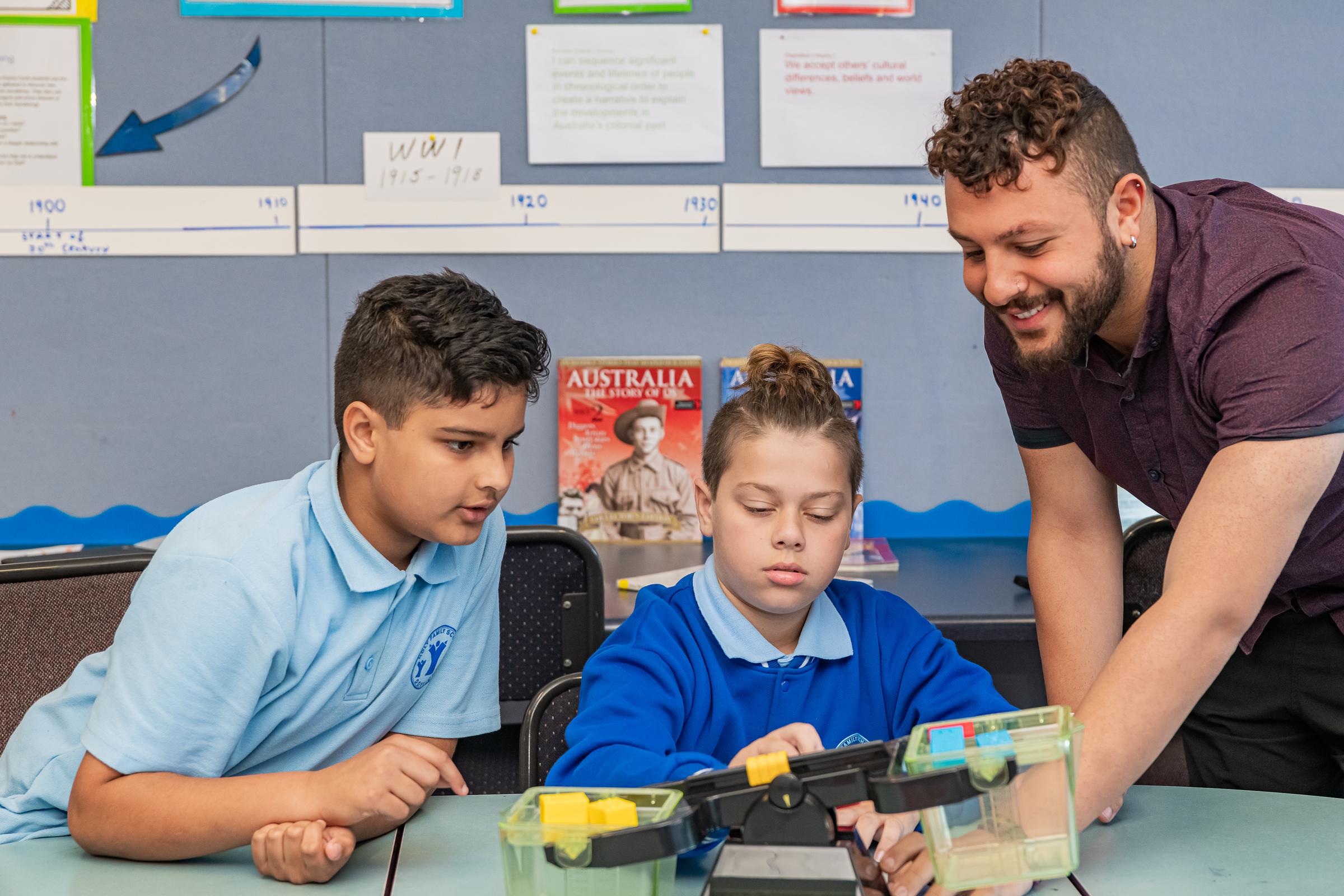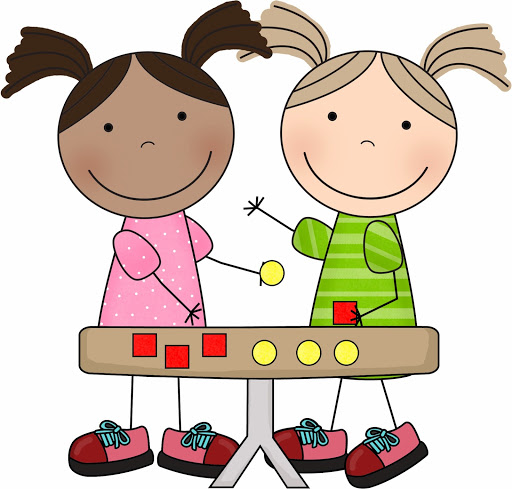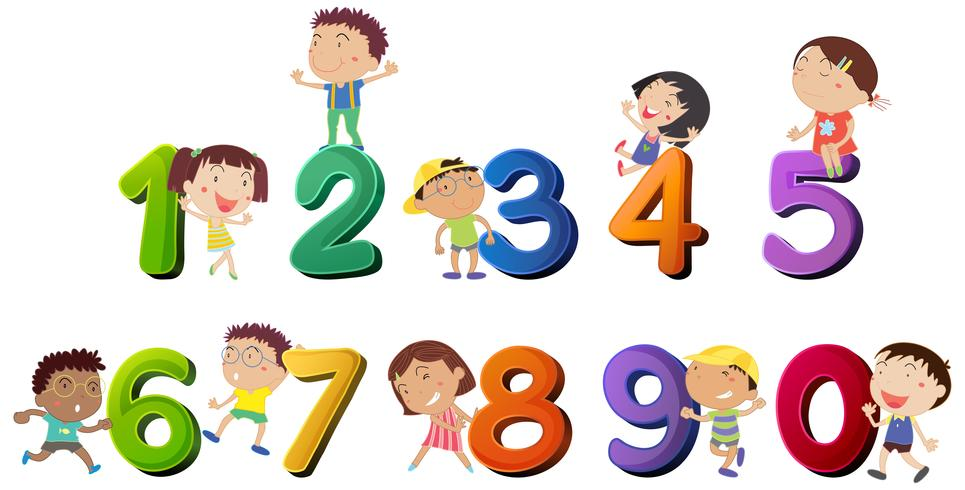Numeracy

Mathematics is fun
There are many fun and exciting things you can do that are mathematical. However, parents can be a bit scared of maths because of bad experiences that left them thinking they were not mathematically inclined. Other parents may be very happy about maths, but not know what to do with their children to help them also enjoy maths. Like reading to children, doing fun maths with children can help build learning and positive feelings for life.
Here is a rule: If it isn’t fun, you are doing it wrong. Do not make maths a chore or, worse, a punishment.
At the primary level, much mathematics is easily learned and practised through play. Here are some ideas of things you can do as a parent and child, or with another family member. It is only a taste of fun mathematical things you can do at home. Just choose one and have a go. And talk about it, making sure you pause long enough for the child to think and make their own contributions to the discussion.
Sorting
What makes something belong to one category and not another? Sort clothes – we can sort by type (socks or undies), who owns them, size, age, colour. Sort cutlery, leaves, LEGO bricks, rocks, toys, towels etc. Buttons are particularly enjoyable to sort. Collect plastic lids and sort them. There is something innately satisfying about sorting things. Some things are easier to sort than others. Some things seem to belong to multiple groups. This is all good brain exercise.
Ordering
Ordering is a natural step up from sorting. We start with stacking cups and rings for preschoolers, and progress to objects in everyday use. Most of the objects listed for sorting can also be ordered. There are some very important words around ordering, that help with reading as well as maths. These words include first, last, bigger, biggest, longer, longest, older, oldest, more, less, fewer, heavier, lighter etc. Any kind of comparison requires both the concept of comparing and the words to describe it. For older children, it can be a challenge to know how to order things with more than one characteristic. For example, how do you order books? By length, a number of pages, height on the shelf, thickness etc. LEGO bricks have multiple dimensions, so ordering them can provoke interesting discussions.
Counting
Counting is one of the most obvious things that we like to teach our children. Once they have learned counting to ten, remember to count backwards as well. Make up a story about a monster eating all the forks, starting with 6 forks and working down to zero. Kids love zero. Then there is skip counting. A popular teaching activity is called “counting collections”. Get a pile of something – maybe milk bottle tops. Guess how many there are. Then start counting in ones. Teach how to put them into piles of ten, and then count them. Have a game to see how well you can guess how many things there are.
Numeral recognition
Children love finding numbers as we drive around and there are numbers everywhere we go. You could have a treasure hunt around the shops or street to find and take photos of different numbers.
Lea Drury
Mathematics Leader


